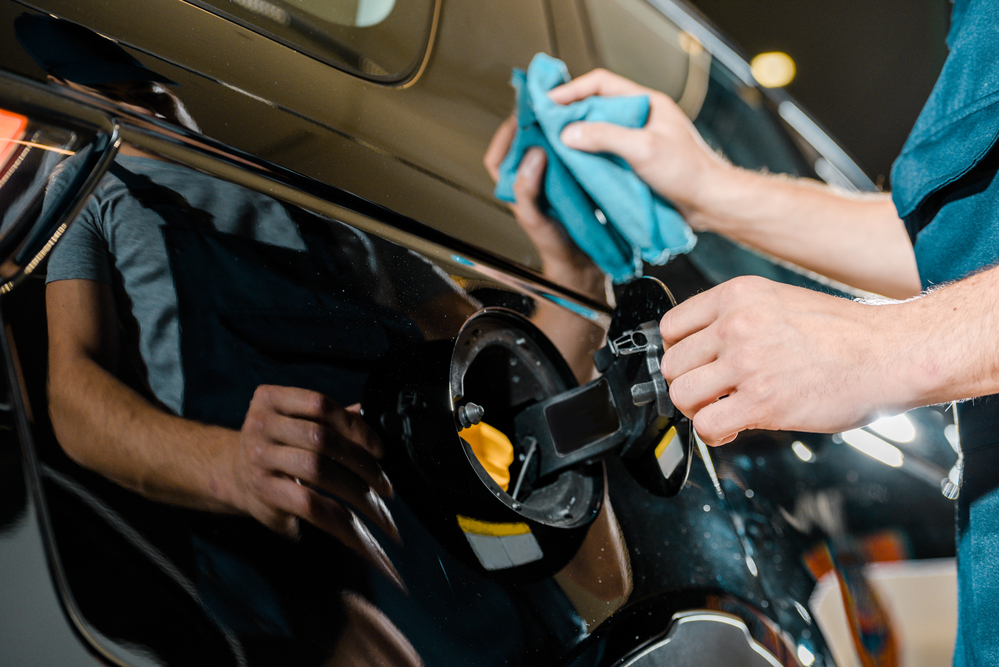Throughout the years, the technologies and methods used to repair cars have changed. Today, with the advent of advanced vehicle designs and materials, understanding how these changes can impact your vehicle’s collision repair comes in handy. Not only can you spot a bad repair job, you can also speak to the automotive technician with more understanding. So, today, you are going to learn about the difference between sectioning and partial replacement in auto body repair, as well as how these techniques impact the safety of a vehicle.
Key Takeaways
- Factory seams, where vehicle parts originally connect, are crucial for structural strength post-collision.
- Partial replacement surgically addresses damaged sections, preserving overall structure and resembling focused intervention.
- Sectioning involves cutting and creating a new joint, strategically placed and covered, offering flexibility in repairs.
- Modern vehicles, often with higher-strength steels, favor partial replacement for safety and structural integrity.
What is the Factory Seam on a Vehicle?
The seams of a vehicle are different than those in, let’s say, clothing. Technically, these seams are the joints or connections where different parts or panels were originally assembled during the manufacturing process. These seams are created using a variety of methods, such as spot welds, rivets, fillet welds, and other techniques. These seams allow for the creation of a cohesive structure.
When you get into a collision and the vehicle crumples, these factory seams come into consideration. Sometimes, automotive technicians may need to replace a panel during restoration. Preserving the integrity of the factory seam ensures that the repaired or replaced components seamlessly integrate with the original structure of the vehicle. This is essential for maintaining the vehicle’s structural strength, safety features, and overall performance.
What is a Partial Replacement?
Partial replacement involves replacing only the damaged segment of a vehicle at a factory seam. This meticulous process requires removing the original attachment method to disassemble an assembly at the designated factory seam. The objective of partial part replacement is to address specific damage while preserving the integrity of the factory seam. This method is often preferred when the extent of the damage allows for targeted replacement without compromising the overall structural integrity.
What is Sectioning?
Sectioning, on the other hand, involves cutting a portion of a vehicle part away from a factory seam. The location for sectioning is predetermined by vehicle maker procedures, with some manufacturers offering multiple sectioning locations for a specific part. During sectioning, a technician creates a new repair joint, introducing a seam that did not exist in the original manufacturing process. While this may seem unconventional, it is crucial to note that this new joint is strategically placed and typically covered by outer body panels.
What is the Difference Between Sectioning and Partial Replacement?
Here is a list highlighting the differences between sectioning and partial replacement:
Partial Replacement:
- Precision-focused repair.
- Targets and replaces only the damaged section at a factory seam.
- Minimizes impact on the overall structure.
- Preserves the integrity of the surrounding components.
- Resembles surgical intervention, replacing only the compromised part.
Sectioning:
- Involves cutting away a portion of the damaged part.
- Creates a new repair joint, potentially not aligning with the original factory seam.
- Predetermined locations for sectioning based on vehicle maker procedures.
- Offers flexibility in addressing damages beyond specific factory seams.
- Crafts a new joint, strategically placed and typically covered by outer body panels.
Which is Considered Better For Modern Vehicles?
The choice between sectioning and partial replacement depends on various factors, including the extent and location of the damage, as well as the manufacturer’s guidelines. However, the industry trend, especially with the prevalence of higher-strength steels in modern vehicles, leans towards partial replacement. Preserving factory seams is critical for ensuring the vehicle’s safety features and structural integrity remain intact. In fact, many organizations and manufacturers, including I-CAR, have stated that automotive technicians should only do partial replacement, especially when working with OEM parts.
Can You Tell If Your Vehicle Has Incorrect Sectioning?
You can. However, identifying incorrect sectioning on your vehicle may be challenging for the average owner. That said, there are signs and considerations that can prompt further inspection:
Unusual Noises After Repair
Pay attention to any strange or unusual noises, particularly in the repaired area. Sounds such as creaking, rattling, or squeaking could indicate structural issues.
Inconsistencies
Visually inspect the repaired area for any inconsistencies. Misalignments, uneven gaps, or visible seams that don’t match the surrounding panels may suggest incorrect sectioning.
Compromised Structural Integrity
If you’re aware of the specific locations that underwent sectioning, be vigilant for signs of compromised structural integrity. Any doubts about the repair should prompt a professional inspection.
Handling and Performance Changes
Changes in how your vehicle handles or performs, especially after repairs, should be taken seriously. Any alterations in stability, alignment, or overall driving experience could indicate issues related to incorrect sectioning.
Contact Elmer’s Auto Body of South Jersey Today
At Elmer’s Auto Body, we prioritize the safety and satisfaction of our customers. If your vehicle requires collision repair, our team of skilled technicians is ready to provide expert services. When you need structural work done on your vehicle, we adhere to industry best practices and manufacturer guidelines to ensure the structural integrity and safety of your vehicle. That is why we are I-CAR Gold Class and a certified collision repair center for multiple manufacturers. Contact Elmer’s Auto Body today for reliable and professional collision repair services by filling out the contact form.

